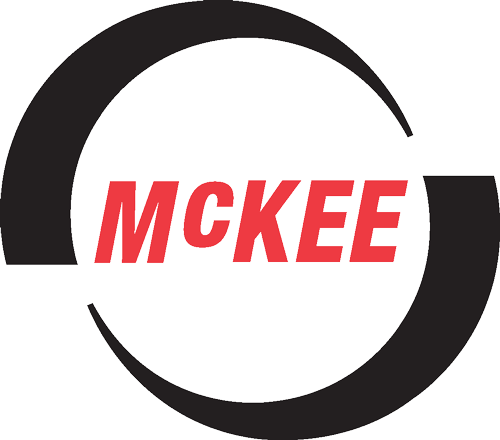Bucket Elevators and Their Functions
June 24, 2019 9:57 pm Leave your thoughtsIf you’re going to give your facility the most effective and efficient conveyor system possible, then you’ll need to spend plenty of time thinking about the conveyor components in Lubbock, TX that you’ll have to install. One of the more essential components of any good conveyor system is the bucket elevator, which helps you raise materials up the system.
Bucket elevators are designed for handling bulk materials, and specialize in lifting large amounts of those materials up into the air and through the system. You might require them for lifting massive and heavy quantities of iron ore, or simple, dry materials like sand. There are many different types of materials that these buckets are capable of handling, across a wide variety of industries.
Of course, there are also multiple different types of bucket elevators from which you can choose. Your choice depends on exactly what you intend to lift, how much you want to lift and the kind of conveyor system you have.
Types of bucket elevators
Centrifugal bucket elevators, for example, are primarily used for free-flowing or powdered materials, such as sand, grains, sugar, clay, dry chemicals and more. In this type of bucket elevator system, a chain or belt has malleable iron, steel or synthetic buckets mounted on it. Those buckets are installed at very specific intervals and are capable of operating at high conveyor system speeds. A digging boot and the flow of the materials load up the buckets, which then use centrifugal force to eject the material at a particular spot on the conveyor system.
Continuous bucket elevators, meanwhile, are designed for large-capacity applications with hazardous or friable materials. In these systems, there are steel or synthetic buckets mounted on one or two chains, with the buckets mounted continuously as they travel at low speeds. A direct feed on the elevator’s up-leg side loads the buckets, and simple gravity causes the material to discharge.
Industries
The kind of materials being hauled are obviously important in the selection of the type of bucket elevator you’ll use, but so too is the industry in which your facility operates. Here are just a few examples of how specific industries use these bucket elevators:
- Cement: Continuous bucket elevators tend to be the choice for cement companies dealing with highly abrasive materials, but centrifugal bucket elevators are a better option for handling finished cement and other materials that are not as abrasive.
- Glass: Continuous bucket elevators are better suited for handling abrasives that do not degrade, so in this case the facility would not need centrifugal elevators.
- Pulp and paper: Centrifugal bucket elevators are ideal for handling lower volumes of non-abrasive materials like fuel, while continuous bucket elevators are better for high volumes of abrasives like wood waste or ash.
- Mining and minerals: Centrifugal bucket elevators are perfect for handling materials that are non-abrasive and non-friable, while continuous bucket elevators are ideal for the opposite types of materials.
For more information about the best choice of bucket elevator for your conveyor system, or for help with other conveyor components in Lubbock, TX, contact the experts at M.B. McKee Company, Inc. today.
Categorised in: Conveyor Components
This post was written by Writer

